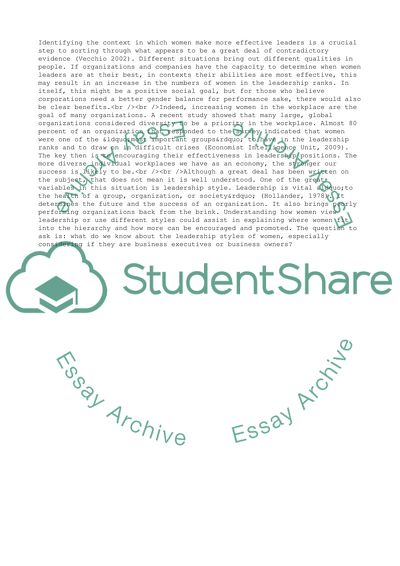Cite this document
(The Context of Women in Management Coursework Example | Topics and Well Written Essays - 2750 words, n.d.)
The Context of Women in Management Coursework Example | Topics and Well Written Essays - 2750 words. https://studentshare.org/management/1743229-in-the-attachment
The Context of Women in Management Coursework Example | Topics and Well Written Essays - 2750 words. https://studentshare.org/management/1743229-in-the-attachment
(The Context of Women in Management Coursework Example | Topics and Well Written Essays - 2750 Words)
The Context of Women in Management Coursework Example | Topics and Well Written Essays - 2750 Words. https://studentshare.org/management/1743229-in-the-attachment.
The Context of Women in Management Coursework Example | Topics and Well Written Essays - 2750 Words. https://studentshare.org/management/1743229-in-the-attachment.
“The Context of Women in Management Coursework Example | Topics and Well Written Essays - 2750 Words”. https://studentshare.org/management/1743229-in-the-attachment.


